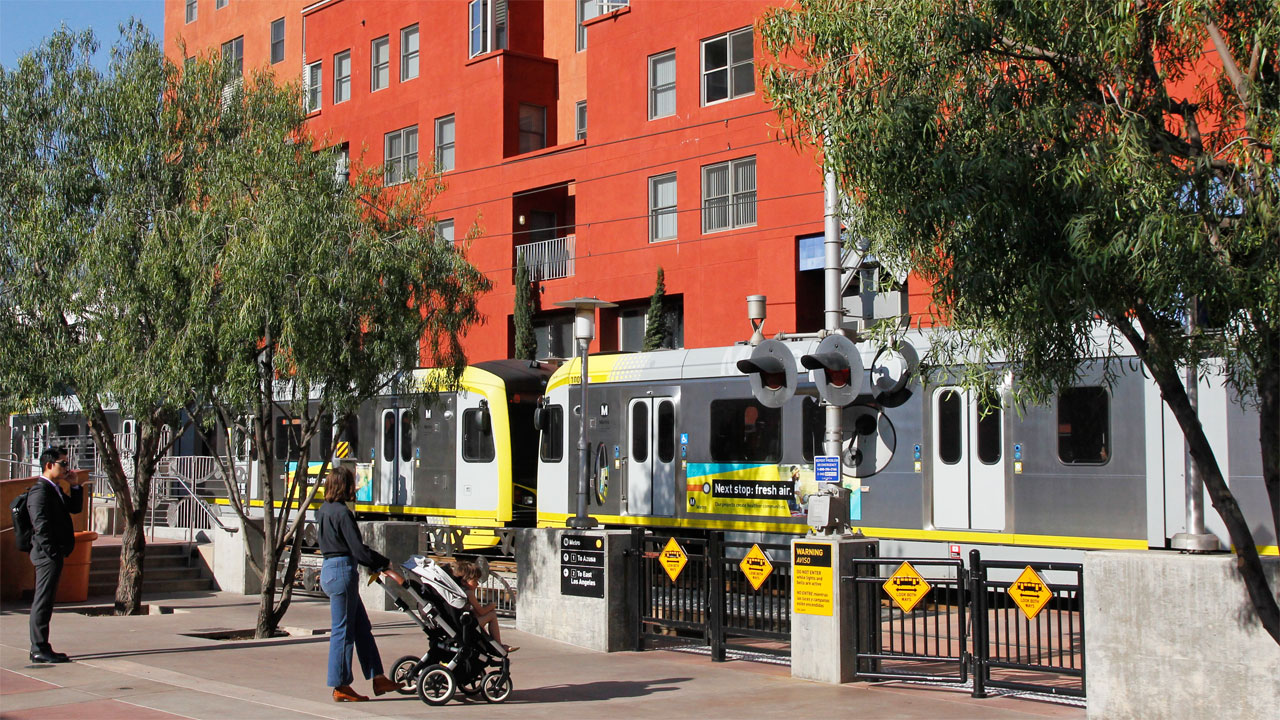
Global temperatures continue to set record highs (NASA data and image), primarily caused by unprecedented heat-trapping CO2 from burning fossil fuels.
"Warming of the climate system is unequivocal, and since the 1950s, many of the observed changes are unprecedented over decades to millennia. The atmosphere and ocean have warmed, the amounts of snow and ice have diminished, sea level has risen, and the concentrations of greenhouse gases have increased."
"Human influence on the climate system is clear. This is evident from the increasing greenhouse gas concentrations in the atmosphere, positive radiative forcing, observed warming, and understanding of the climate system." – IPCC 2013 Summary for Policymakers, pages 4 and 15
The IPCC Global Warming of 1.5 °C special report further emphasizes the importance of rapid action.

Transportation is the largest source of U.S. greenhouse gas (GHG) emissions (U.S. EPA GHG data for 2019), passing the electricity sector in 2016. Not to mention how oil poisons our air, water, land, and politics.
In comparison, Transportation is a much greater share in California due to its cleaner electricity: half of total emissions if one includes oil production and refining from the Industrial sector (California Air Resources Board GHG data for 2018).
The Sierra Club adopted the goal of 50% reduction in oil consumption by 2030 in the United States as part of our clean energy future.

About half of U.S. oil is used for gasoline for cars, another quarter is distillate (mostly diesel for trucks), and a smaller slice is jet fuel (EIA data). That's why our focus is on solutions for cars and trucks. Note that oil use was down in 2020 due to Covid-19, especially jet fuel.

Overall three-fourths of U.S. commuters drive alone to work (Census), but substantially fewer do in compact, walkable, transit-oriented cities like San Francisco (29%). Real-world data shows up to a 2/3 reduction in vehicle miles traveled (VMT) between auto-oriented suburbia and medium density.
Here are the solutions:

1. Drive less by living in compact mixed-use communities, riding transit, biking, walking, and carpooling, including pricing and other incentives;

2. Electrify cars, with convenient fast charging near destinations for drivers without home charging, powered by clean wind and solar electricity;

3. Electrify and improve bus service, expand passenger rail;

4. Electrify trucks, shift freight to rail and electrify.
The good news is we know the solutions; many governments are finally taking climate seriously; clean technology wind, solar, and batteries are getting cheaper; and many people want convenient urban living with less driving if they can find it. Our role is to help these happen faster!
Updated 7/11/21